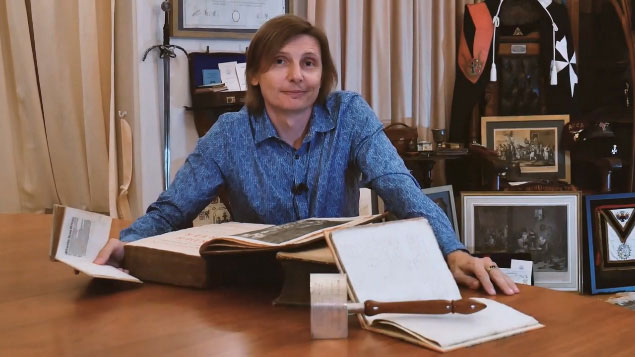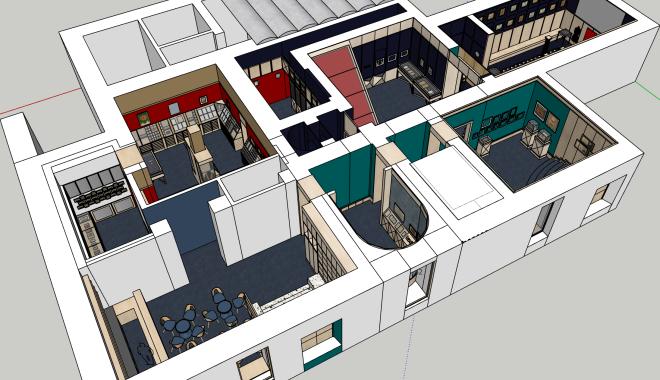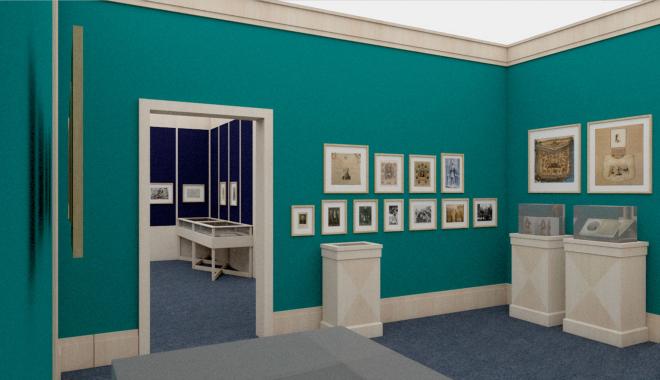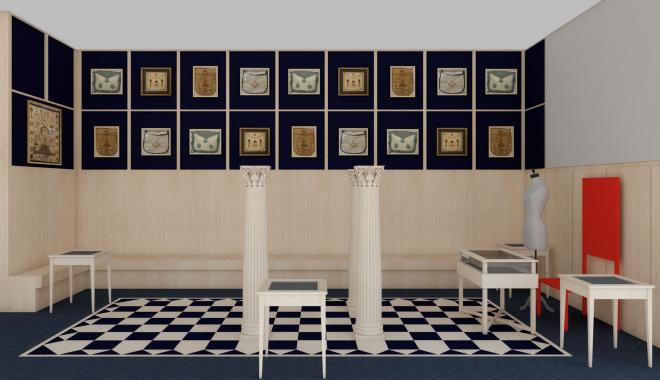Support Us

OPENING IN 2025
We are starting a campaign to collect 150 000 euros for the final stage of the museum's construction. We have already gathered the largest collection in Eastern Europe, bought premises, created a project with one of the best museum design bureaus. The final stage is the construction of the exposition. This is why we need your help. Our supporters will receive a ticket to the museum, access to interactive resources and a document confirming their contribution to the construction of the museum. More information in our video. Be sure to check it out, we tried very hard.
About Us
Freemasonry museum in Riga will introduce residents and guests of Riga to the history of spiritual search, the formation of a humanistic community and the phenomenon of Freemasonry from its origins to the present. The museum shows geography of Freemasonry from from Great Britain and continental Western Europe to America and Russia.
- show the development of Freemasonry from the guilds of masons, creators of the Renaissance, humanists to the first members of the first scientific societies;
- talk about the role of Freemasonry in the social, political and cultural development of different countries;
- cover the diverse activities of modern Masonic lodges;
- create a new landmark in Riga.
Museum Space Layout
THE SPACE OF THE MUSEUM
The opening room of the museum will show a graphic depiction of the development of symbolic Freemasonry, starting from the 17th century to nowadays.

THE SPACE OF THE MUSEUM
The opening room of the museum will show a graphic depiction of the development of symbolic Freemasonry, starting from the 17th century to nowadays.
Objects From The Collection
Support Us
Contact Us
Please send us your request and our managers will send you the best solution for your needs.




 Museum
Museum